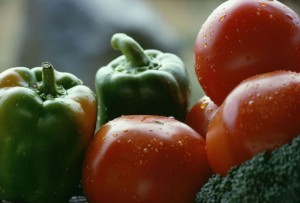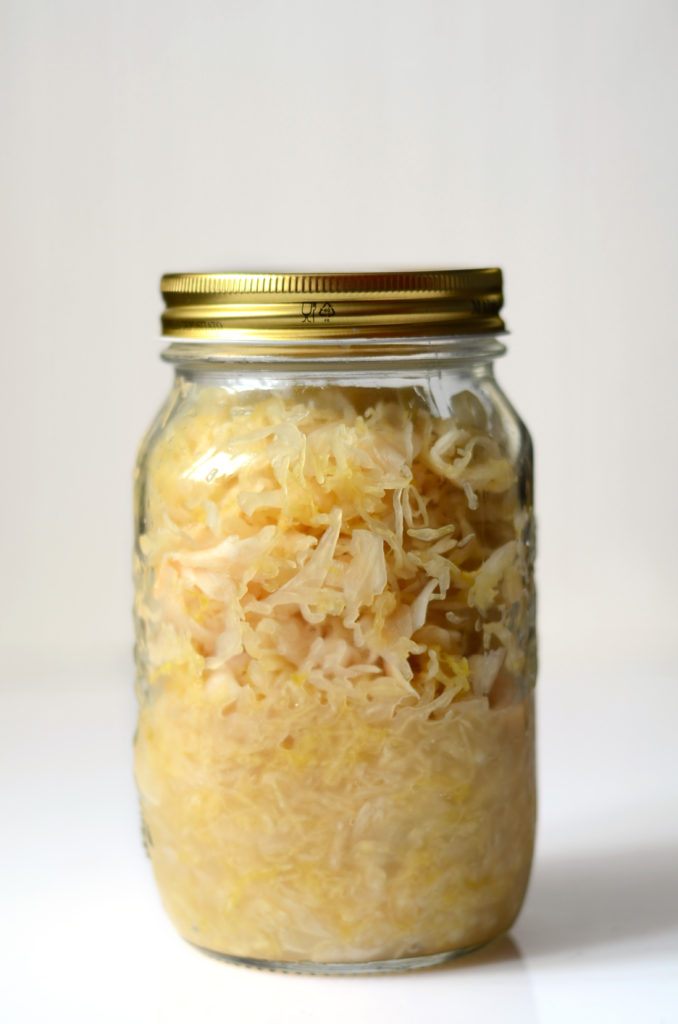
Our favorite gardener and in-store instructor, Karen Geiser, has shared this recipe during her frequent seminars at Lehman’s in Kidron, Ohio. For those of you unable to make it to the store, here’s her easy method for flavorful, oh-so-healthy fermented sauerkraut.If you’ve been curious about fermented foods, but aren’t sure where to start, this is the launchpad recipe for you!
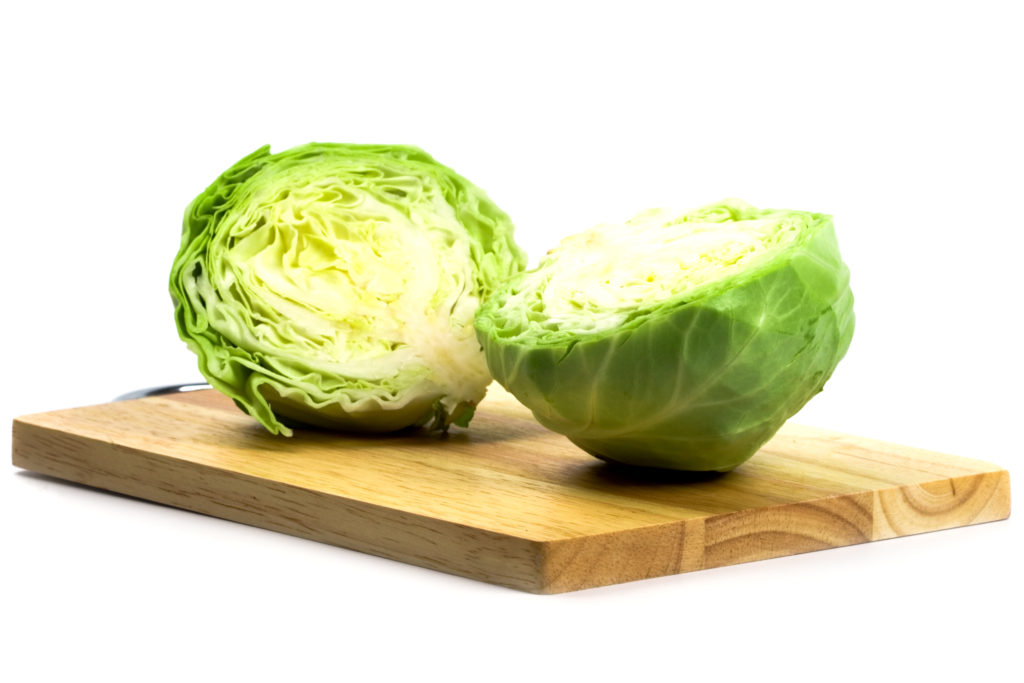
Small-Batch Sauerkraut in a Mason Jar
5 Stars 4 Stars 3 Stars 2 Stars 1 Star
No reviews
- Yield: About 1 quart 1x
Ingredients
- One medium head cabbage
- 1 Tbsp salt (use non-iodized salt like sea salt, kosher, Real or Himalayan pink)
Instructions
- Shred cabbage (SAVE one whole leaf – you’ll see why in a minute) and mix with salt in a large bowl.
- Pound with wooden stomper or your hands to release juices. Volume will be greatly reduced after pounding.
- Pack cabbage tightly into wide-mouth jar until juices cover the cabbage. Leave at least 1-1/2 inches head space.
- Place a cabbage leaf on top to prevent shredded cabbage from floating in the liquid.
- Fill a new, clean plastic bag with water, close with twist tie and place in mouth of jar to seal off air. Store in dark conditions (wrap jar in a dish towel) at room temperature for 3-4 days or until bubbling ceases.
- Remove bag and check liquid level. Add water to cover if needed. Put on a plastic lid and transfer to cold storage. Full flavor develops in about 6 weeks and it will keep for several months.
Notes
Recipe is for one quart jar. Multiply as needed for half gallon or gallon jar.
Although the kraut can be canned at this point, canning the kraut will destroy the raw enzymes and beneficial bacteria present in the fermented kraut.
(If canning, always follow USDA recommendations and refer to a trusted resource.)
- Author: Karen Geiser
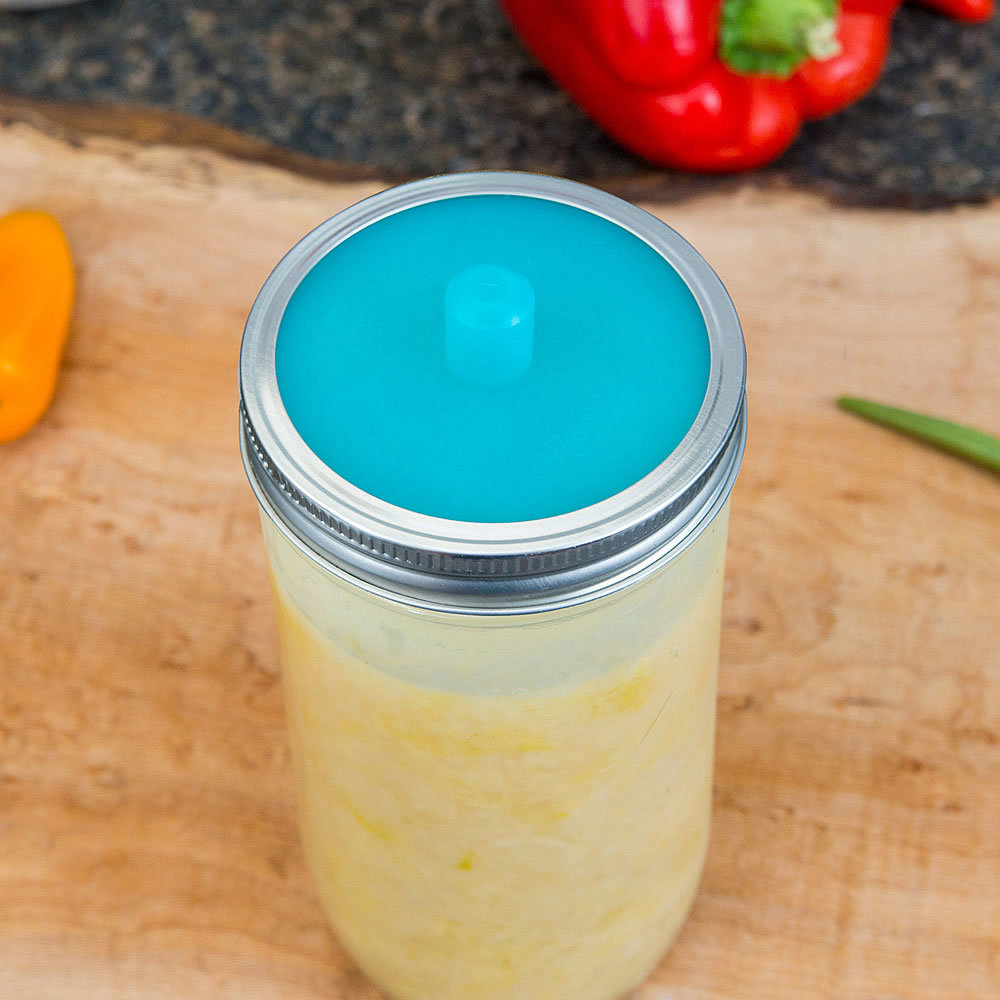
Lacto-fermentation is an age-old process where naturally occurring lactic acid bacteria produce lactic acid to help preserve foods. These bacteria are anaerobic: they thrive in an oxygen-free environment and make the food more nutritious and easy to digest. Among other health benefits, lactic acid stimulates digestive organs and provides friendly bacteria to the colon which benefits our immune systems and overall health.
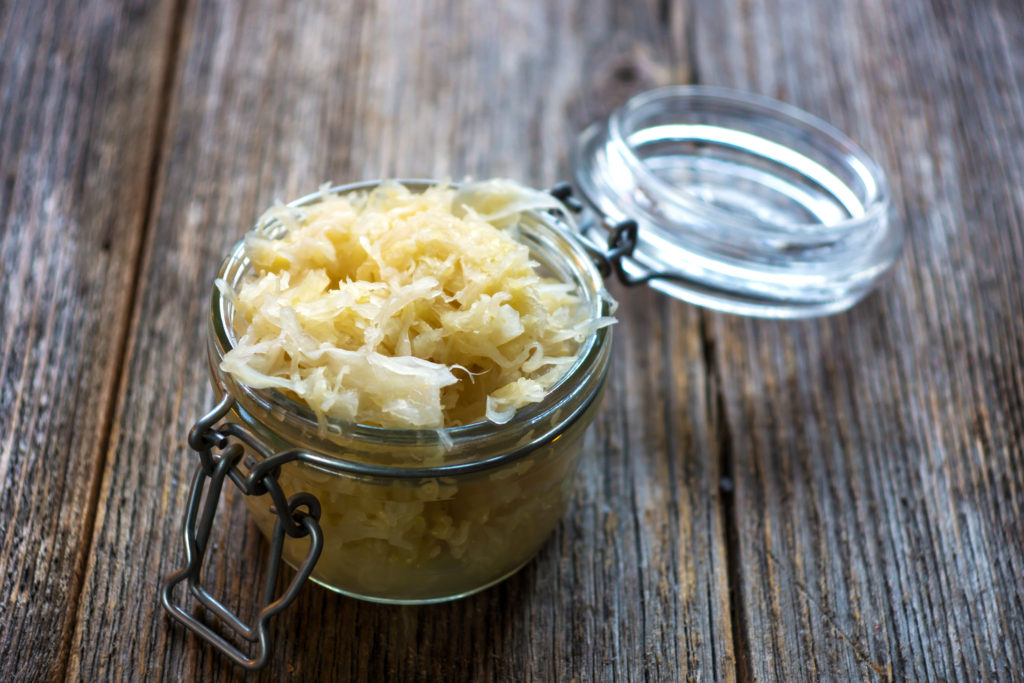
This recipe first appeared as part of a larger piece in Country Life in September 2011.


